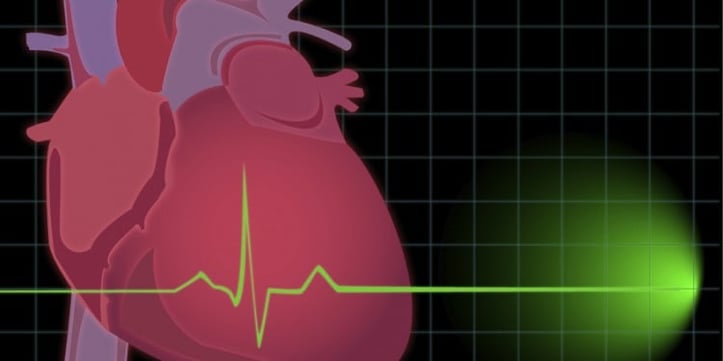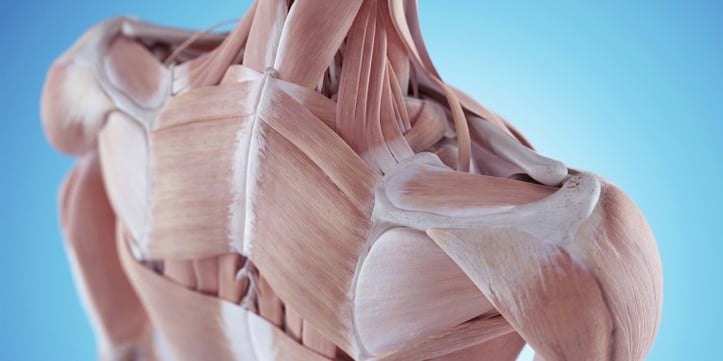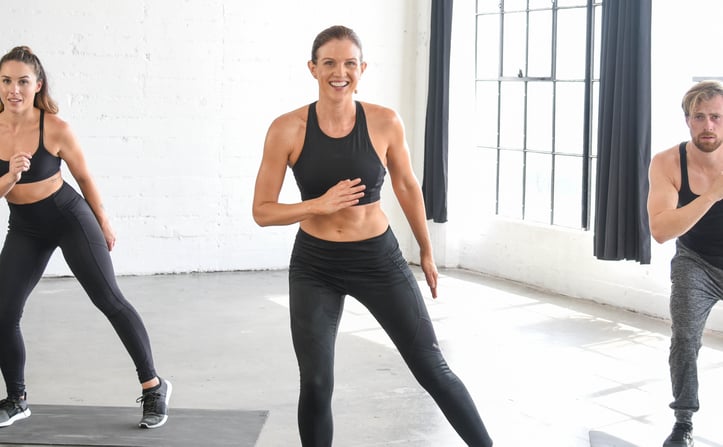Afternoon Slump? Move to Sharpen Your Mind—Science & Quick Workouts Inside

Afternoon Slump? Move to Sharpen Your Mind—Science & Quick Workouts Inside
The 3 PM haze hits hard: eyes glaze over, tasks feel heavier, and that to-do list starts shrinking. You reach for coffee, but what if the real fix is simpler? Moving your body could be the key to reviving your mind. Let’s unpack the science and share actionable, 5-10 minute routines to turn your afternoon around.
Why Movement Wakes Up Your Brain
The link between physical activity and cognition isn’t just anecdotal—it’s backed by neurobiology. Here’s what happens when you get moving:
1. Blood Flow & Oxygen: Your Brain’s Fuel
Harvard Health notes that even moderate exercise increases blood flow to the brain by 15-20%. More blood means more oxygen and glucose, the brain’s primary energy sources. Think of it as a power-up for your prefrontal cortex, the region responsible for focus and decision-making.
2. Neurotransmitters: The Mood & Focus Boosters
A 2021 NIH study found that 10 minutes of brisk walking triggers the release of dopamine (the "motivation molecule") and serotonin (linked to calm focus). These chemicals counteract the afternoon dip in alertness caused by post-lunch digestion and natural circadian rhythms.
3. BDNF: The Brain’s Growth Hormone
Exercise stimulates brain-derived neurotrophic factor (BDNF), a protein that supports neuron growth and connectivity. A small 2022 trial in Neuroscience Letters showed that 15 minutes of stair climbing raised BDNF levels by 12%—enough to enhance working memory for 90 minutes post-exercise.
Not All Movement is Created Equal (For Afternoon Focus)
You don’t need a sweat session. In fact, short, low-to-moderate intensity activities work best for afternoon cognition. Here’s why high-intensity might backfire: prolonged effort can spike cortisol, which, in excess, impairs focus. Stick to these types:
- Aerobic: Walking, Cycling, or Dancing
Light cardio (think 3-4 mph walking) keeps heart rate at 60-70% max, optimizing blood flow without overtaxing. Try a 10-minute walk outside—sunlight adds a vitamin D boost for mood.
- Dynamic Stretching: Shoulder Rolls, Hip Circles
Tight muscles (hello, desk slouch!) restrict circulation. A 5-minute routine of arm swings, cat-cow stretches, or seated spinal twists releases tension and sends fresh blood to your head.
- Bodyweight Moves: Chair Squats, Wall Push-Ups
Low-impact strength work (like 10 chair squats or 15 wall push-ups) engages muscles and elevates heart rate just enough to trigger neurotransmitter release—no gym required.
3 Science-Tested Routines for Your Afternoon Revival
1. The "Walk & Breathe" Break (5-7 minutes)
- Walk briskly (3-4 mph) for 3 minutes.
- Pause, stand tall, and take 5 deep breaths (inhale 4 sec, exhale 6 sec).
- Resume walking for 2 minutes. Why it works: The breathwork lowers stress hormones, amplifying the walk’s focus benefits.
2. Desk-Friendly Flex & Flow (10 minutes)
- Shoulder rolls: 10 forward, 10 backward.
- Seated leg lifts: 15 reps (keep back straight).
- Spinal twist: Sit tall, twist to right/left (hold 10 sec each, 3x).
- Wall push-ups: 12 reps (feet hip-width, hands on wall). Bonus: Pair with a 1-minute "eye scan"—look at 5 distant objects to reduce screen strain.
3. The "Mini Dance Party" (8 minutes)
Pick upbeat music (120-140 BPM), and move freely: sway, step side-to-side, or do arm circles. A 2019 study in Psychology of Music found rhythmic movement enhances cognitive processing speed by 18%—and it’s fun!
Pro Tip: Timing Matters
Your body’s internal clock plays a role. The afternoon dip (2-4 PM) coincides with a natural drop in core body temperature, which can slow brain function. Moving between 3-5 PM aligns with your muscles’ peak flexibility (per ACE research), making it easier to get active—and more effective for boosting focus.
Final Thought: Small Moves, Big Gains
You don’t need to overhaul your routine. A 10-minute movement break isn’t "stealing time"—it’s investing in sharper focus, better mood, and more efficient work. Tomorrow, try one of these routines. Notice how tasks feel lighter, decisions clearer, and that post-lunch fog… gone.
Your brain (and to-do list) will thank you. 🏃♀️💡

Fit vs Fat: Decoding Health's True Ruler

Pump Up Your Heart: Science-Driven Weight Loss

Wellness Technology: Your Path to Sustainable Weight Loss

A Sensible Guide to Dietary New Year's Resolutions

Prevent Shoulder and Rotator Cuff Injuries with Corrective Exercises

Overcome Fitness Plateaus: 4 Tips for Success

10 x 10 Thanksgiving Day Circuit: A Fitness Guide

Unleash Your Fitness Potential with Kit Rich's Training Secrets

The Future of Fitness: A Guide for Beginners to Intermediates

